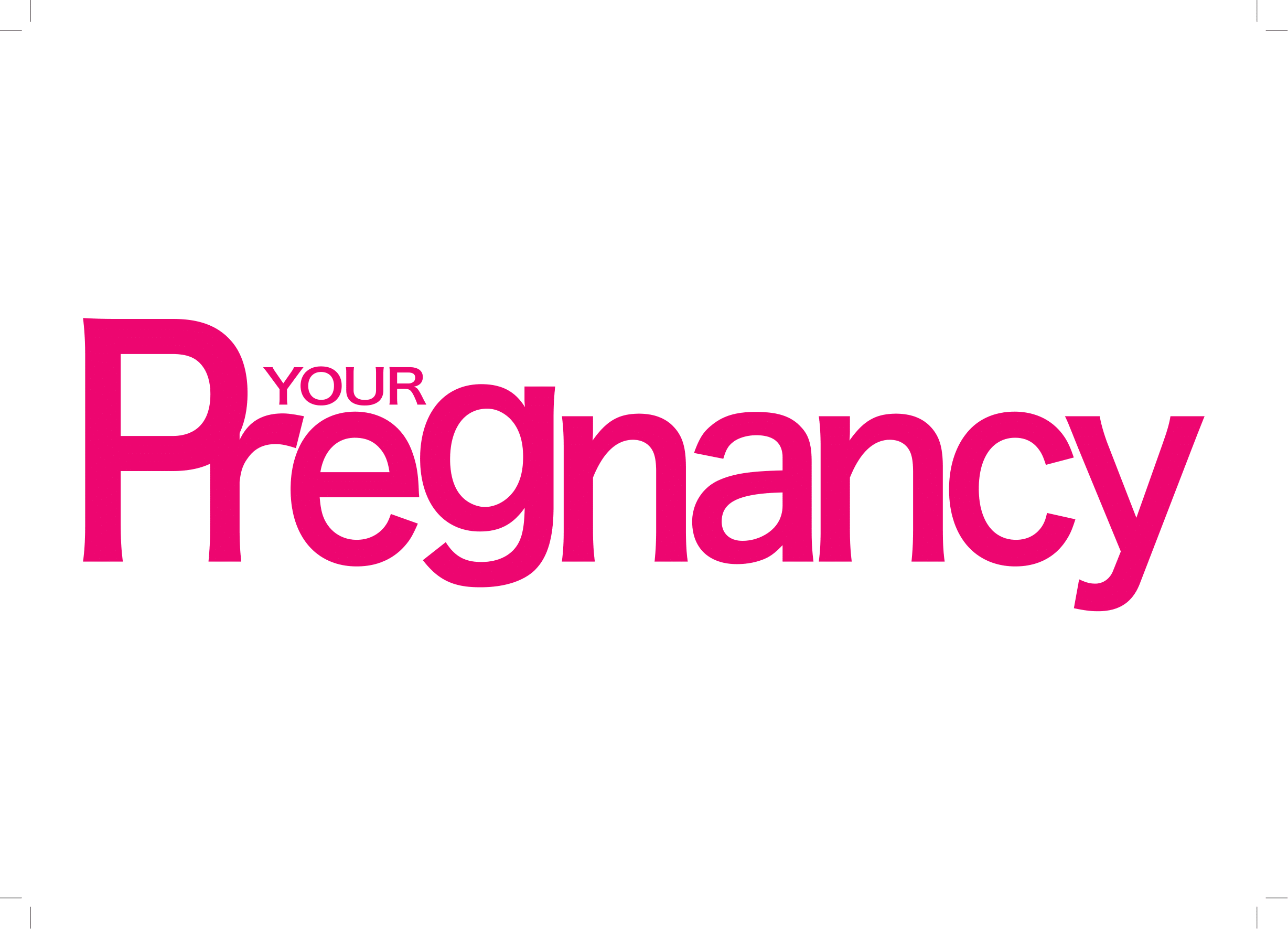
Before you start make sure your stomach is empty (allow at least 3 hours to digest a normal meal); find a quiet space with cross ventilation; eliminate distractions (phones and pets); and wear loose, comfortable clothes.
Stretches
Ardha svanasana: half dog pose
- Stand about a metre away from the wall. Keeping the feet parallel and a little wider than hip distance apart, bend forward from your hips and place your hands flat against the wall so that your upper body forms a right angle with your legs.
- Without dropping the head forward, keep the head and neck aligned with the spine and make sure your weight is evenly distributed on both feet.
Good for: This asana releases the hamstrings, tension from the pelvic floor, improves circulation and releases spinal tension.
Bridge pose
- Sit on your heels in a kneeling position.
- Place your hands on the floor behind you and keep looking forwards.
- Take a deep breath in and then exhale slowly as you gently lift your hips up.
- Inhale as you lower your hips down again and repeat up to five rounds in total, pushing the pelvis a little more forward each time you lift it.
Good for: This asana helps to tone the pelvis and brings flexibility to the spinal chord.
Child’s pose
- Simply sit in a kneeling position after completing the bridge pose, but with your knees about 30cm apart (or wide enough to accommodate the expanded abdomen).
- Take a long deep breath in; then, as you exhale gently take the head and the torso forwards, towards the ground, and if possible place your forehead on the ground in front of you.
- Women with high blood pressure or women who are not comfortable with their foreheads on the ground can stay up on their elbows and cup their chin in their hands.
Good for: This asana is a wonderful counter position to the bridge pose as it moves the spine in the opposite direction, gently stretching out and relaxing the back, as well as easing back pain. It is also great for bringing rest and relaxation to the body and mind.
Marjarasana: cat stretch
- Get onto your hands and knees, with your knees and feet hip distance apart, your hands coming straight down from your shoulders, palms flat on the floor. Before you begin the movement, take a normal breath in and out, emptying the lungs as much as you can on the exhalation.
- Then, as you inhale, bend your arms slightly and gently take your head backwards until you are looking upwards, simultaneously dipping your spine downwards.
- As you exhale, begin to bring your bump towards your chest, simultaneously moving your spine upwards like a cat does when it stretches. Synchronise each movement with the breath. If your wrists are weak then make a fist with your hands instead of having them flat.
Good for: Cat stretch relieves tension in the back and neck and strengthens the uterus, can ease labour pains and sciatic problems, is beneficial for the digestive system and can encourage a breech baby to turn the right way around.
Breathing practices
Breathing practices (pranayama) help to calm the mind, ease physical, mental and emotional tension and increase oxygen supply to both you and your baby.
Bhramari pranayama: Humming bee breath
- Sit in a comfortable position on some folded blankets.
- Lengthen your spine and rest your hands on your knees with your palms facing the sky.
- Close your eyes and relax your body. Keep the lips closed and gently relax your jaw until the top row of teeth are no longer touching the bottom ones.
- Plug your right ear closed with the index finger of your right hand, placing the finger on the flap of the ear. Similarly, place your left index finger in your left ear.
- Raise your arms so that your elbows are pointing away from your body and your biceps are parallel to the ground. Keep your body absolutely still.
- Now bring your awareness to the place between your eyebrows. Take a deep breath in through your nose and then, as you exhale slowly and with control, make the gentle humming sound of a bee.
- Keep the sound smooth and even. You should be able to feel the vibrations of the sound in the head. Complete five to 10 rounds to begin with, moving gradually towards a 10 to 15 minute practice.
Good for: This is great for releasing mental tension or anxiety and produces a meditative state of mind. It can be done at any time and is especially good before sleeping. Bhramari pranayama can also be used during labour.




 Publications
Publications
 Partners
Partners














